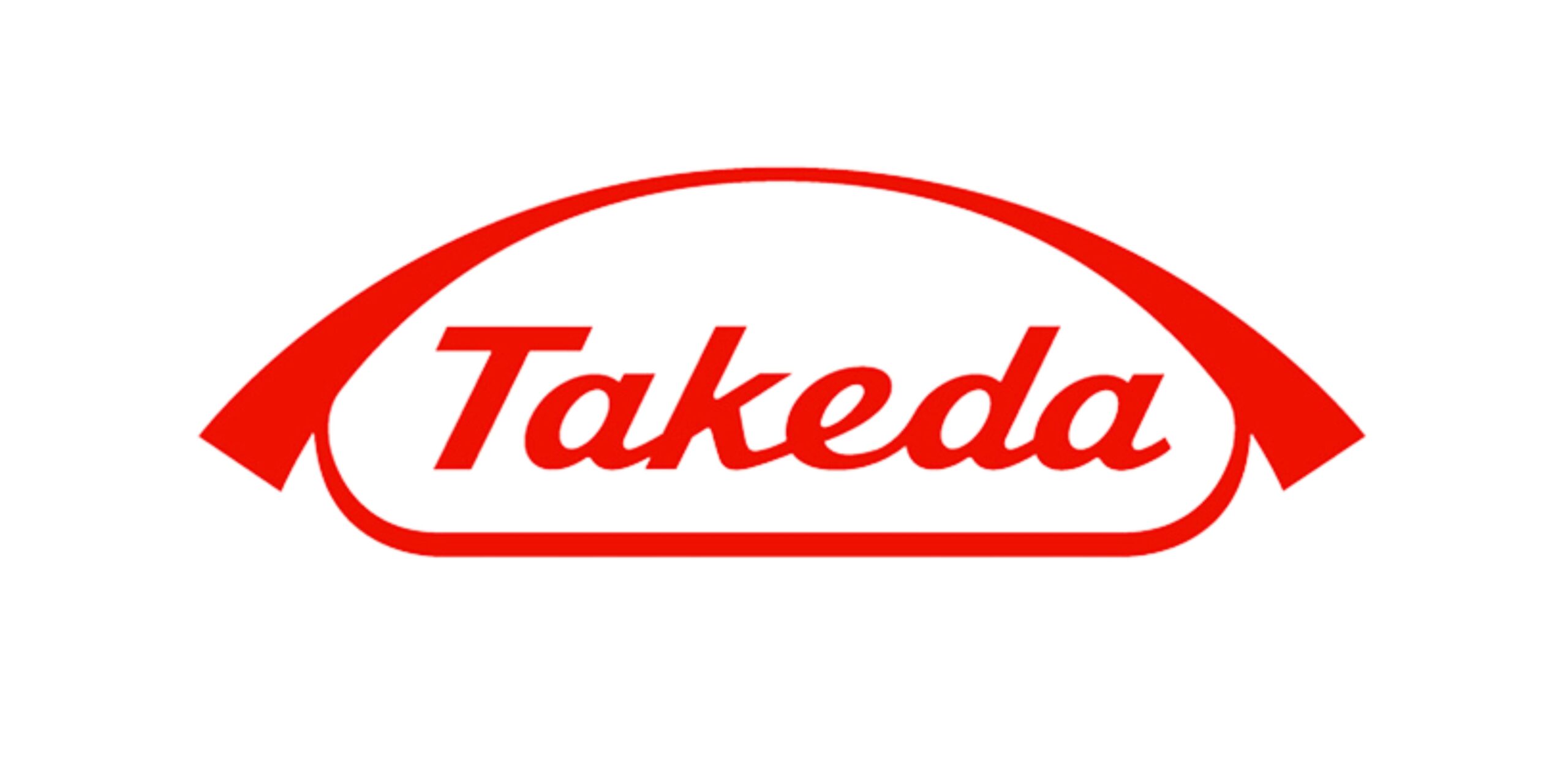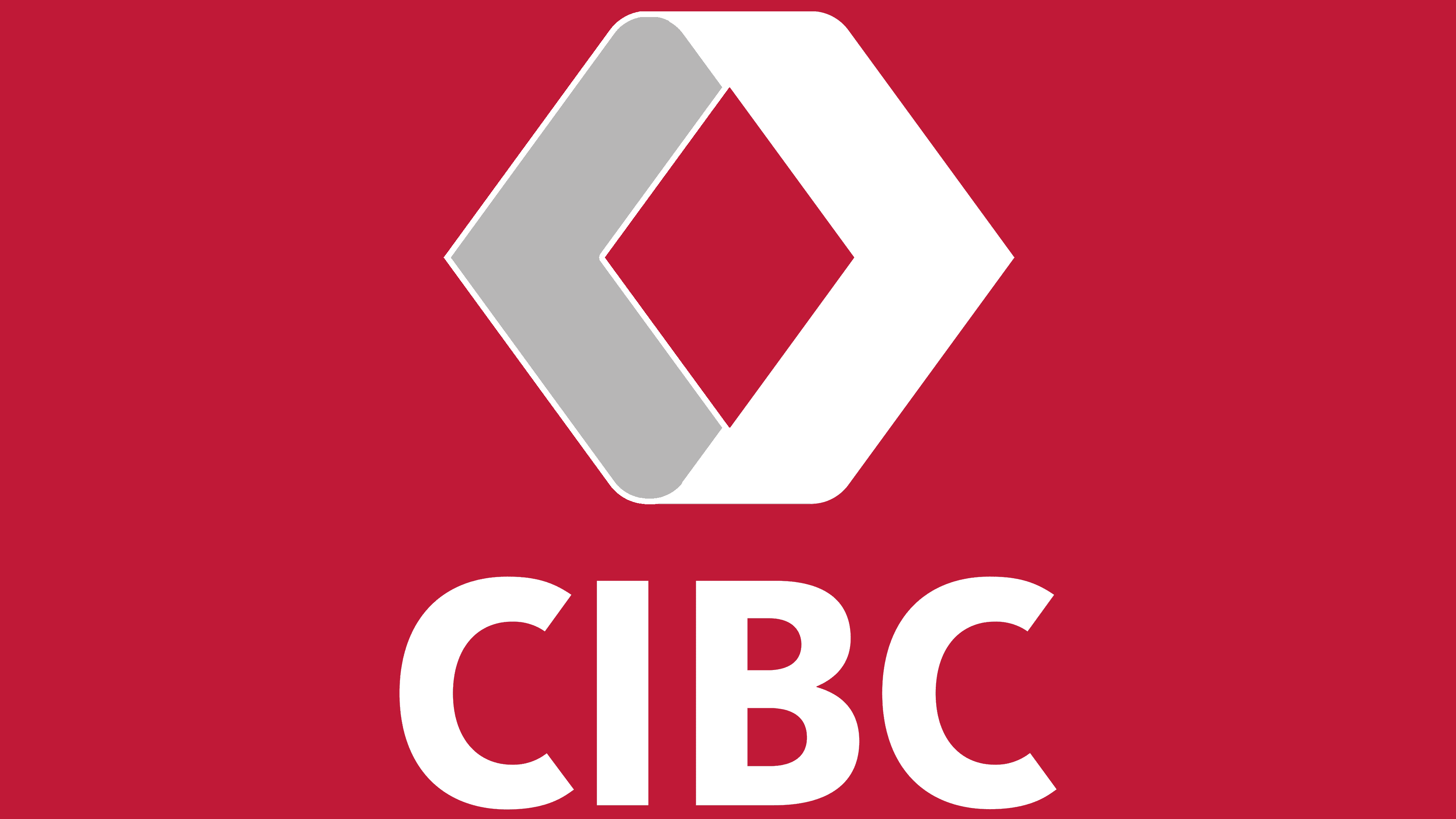Redesigning an Invoice Processing System

Type
Evaluative Research
Timeline
12 weeks
Role
UX Researcher
The Problem Space
The Challenge
SAP Ariba was rolled out with the intention to improve invoice processing, but instead it caused frustration for a variety of stakeholders. Employees were using workarounds because the system was not intuitive and required extensive training in order to be used effectively. It did not accomodate all user demographics, posed compliance risks, and significantly slowed down invoice processing time.
The Goal
The overall goal was to gain a better understanding of how each business unit currently engages vendors and to identify opportuntities to improve efficiency, encourage company compliance, and increase user adoption.
The Research Process
I conducted 8 ethnographic studies with end-users across multiple business units. Using the AEIOU framework allowed me to effectively observe and record how employees interact with the system and how it currently fits into their workflow. 15 semi-structured in-depth interviews provided me with great insights regarding the pain points of each user demographic, especially those who were categorized as super-users. In combination with observation and interviews, I conducted 15 usability tests which enabled me to pinpoint key usability issues, identify gaps in training materials, and help drive feature prioritization.
8
Ethnographic Studies
with end-users from different business units
15
In-Depth Interviews
with users, super-users, and stakeholders
15
Usability Tests
with end-users from different business units
Data Synthesis and Visualization
I used affinity mapping to identify themes and draw insights from gathered data. These insights were then used to create user flows, journey maps, and personas that represent 5 different user segments. These design artifacts were continually referenced when presenting to stakeholders and used to inform the redesign of the system and training materials.
The Impact
The redesign improved the workflow of 80+ employees and 500+ vendors. Invoice processing time was increased by 32% and the internal user adoption rate was nearly 100%. Employees were provided with straightforward and relevant training materials which allowed them to navigate and use the system effectively. Features were implemented to ensure adherance to finance and compliance policies and the overall efficiency of the invoice process was improved as initially intended with the first roll out.
Selected Works

